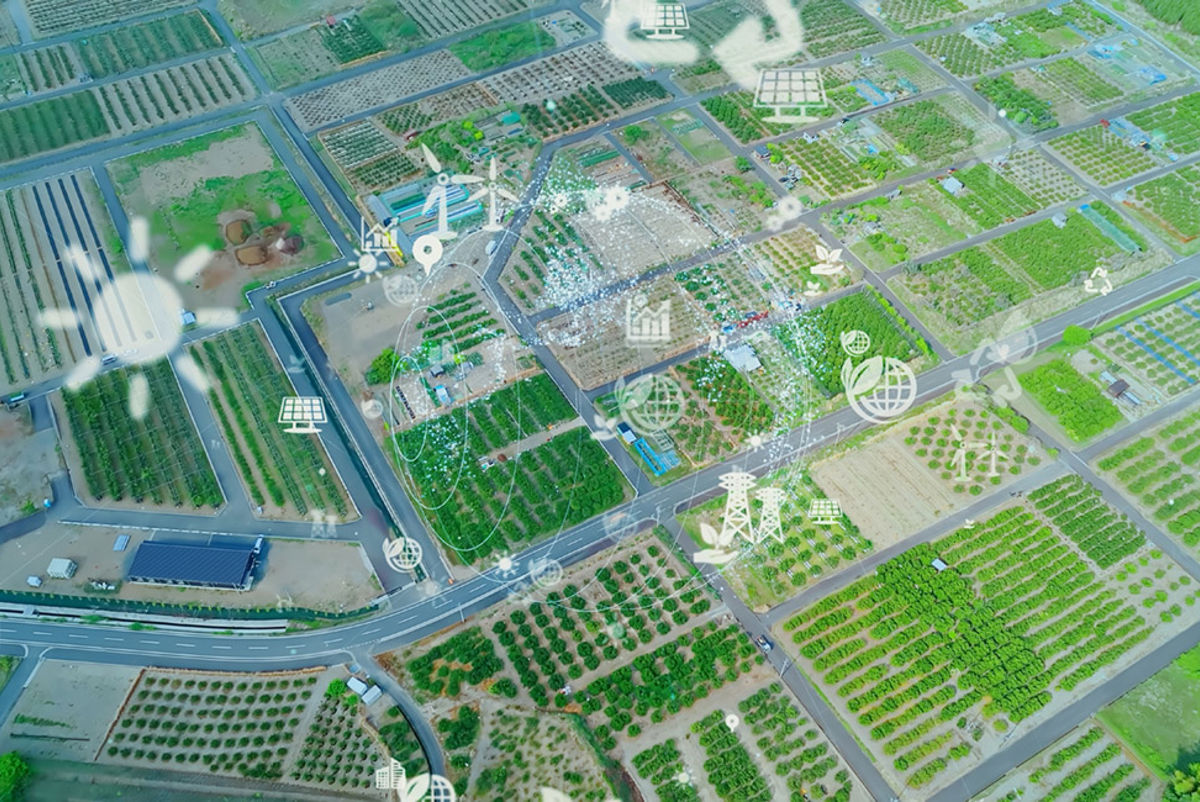Food and agriculture strategy
As awareness of the impact of food systems on human and planetary health grows, so does the interest in making approaches to food and agriculture integral to large and smaller scale projects.

These can directly intersect with the food system such as catchment scale flood management strategies or linear infrastructure traversing farmland. Or the link can be indirect but powerful such as integrating food growing into buildings and neighbourhoods.
The drivers vary, spanning placemaking, ESG credentials or the understanding that food systems can be part of the solution to a particular problem. However, organisations with those opportunities maybe less familiar with the food system and thus hesitant to explore the full potential of integrated food strategies.
We have worked with both private and public sector organisations to develop project specific food and agriculture strategies for diverse projects. Our expertise spans large scale strategies for river catchments, making the investment case for urban food growing gardens to address environmental challenges to food strategies for urban developments and buildings.
For many kinds of businesses, California’s regulatory target of net zero energy (ZNE) from commercial construction by 2030 presents real operational challenges.
ZNE requires that any energy consumed must be offset by energy generated by on-site renewables. The smart approach to ZNE is to reduce energy use as much as possible, and only then meet the remainder with renewables. This is particularly attractive when on-site renewable energy production is constrained, e.g. due to limited roof space.
With this in mind, we worked with Whole Foods supermarket to take a different approach, bringing the full power of machine learning to the challenge of energy reduction in one of its stores.
We used a genetic algorithm - mimic the selection process we observe in nature, combining outcomes that represent ‘success’ and rejecting those the ‘weaker’ solutions - to identify options. The outcome was a 46% saving in energy use by store - an achievement that would have taken over 10 years to identify manually.
Get in touch with our team
Food and agriculture systems
We help clients across the food and agriculture sector to address environmental impacts, enhance food security, reduce waste, and build supply chain resilience.

